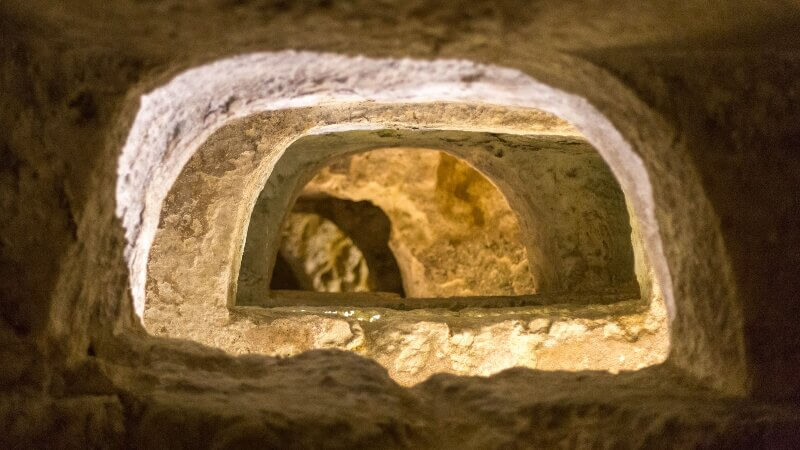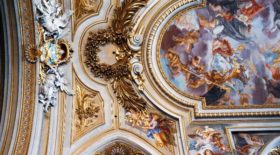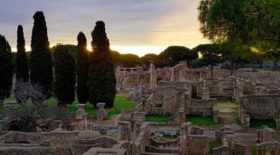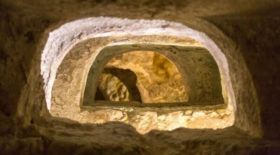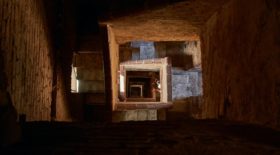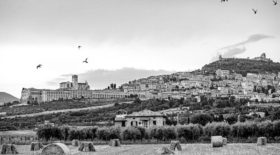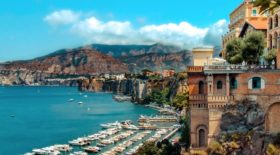Christian Rome
Christian Rome
Rome is the political capital of Italy, but also the center of Christianity and hosts within its territory the Vatican city state, seat of the papacy, the patriarchal basilicas of S. Giovanni in Laterano, S. Maria Maggiore and S. Paolo Fuori le Mura and the Catacombs.
Catacombs of St. Callixtus and St. Sebastian
A jump back in time on the traces of Christian Rome with all its charm: a guided tour through the places where the apostles lived, the martyrs, the saints who passed by this so magical city. Rome is still the capital of Christianity today, a legacy that is tangible in every corner of the city.
Continuing on the Via Appia Antica you will be extremely fascinated by the visit of the underground Catacombs. The Catacombs of Rome in the Appia Antica area are close to each other and include those of San Callisto, San Sebastiano and Santa Domitilla. Highly suggestive underground labyrinths in which the visitor will be brought back in time
Relics of Rome
Thousands of relics are scattered throughout Italy. Many of them, the oldest, were brought to the capital of the Roman Empire. Some are so surprising that they leave you speechless not only the faithful, but also great scholars. The authenticity of some has been confirmed thanks to the most advanced archaeological investigation tools, but there are others on which, in the face of the doubt concerning legitimacy, we continue to investigate.
The Holy Staircase that Jesus went up to be judged, remains of Jesus’ cradle, the staff of Saint Joseph, the plate on which the head of Saint John the Baptist was placed, the feather of the archangel Saint Michael … Follow our guide to discover the fake and the truth among centuries of history!
Castel Sant’Angelo & Passetto del Borgo – Off the beaten track
One of the most evocative monuments, also for the load of mystery that it carries with it, of an exciting mix between sacred and profane, is certainly Castel Sant’Angelo, the subject of numerous legends and anecdotes of history .. Guided visits, with specialized staff , provide an exclusive itinerary in the heart of the monument, which includes the Passetto di Borgo (the walkway that connects the Castle to the Vatican Palaces), the historic Prisons, the Olearie (rooms once used for food storage), the courtyard of Leone X, the room called ‘del Forno’ and the Stufetta di Clemente VII, that is the bathroom of the pontiff, famous for the frescoes in the workshop of Raphael
Passetto del Borgo – Off the beaten track – The escape route of the popes
The Passetto di Borgo, by the Romans called Er Corridore, is that part of the walls that connects Castel Sant’Angelo with the Vatican and over the centuries it has been very much fantasized and embroidered around its use. There is, of course, also a lot of truth having been used by Pope Alexander VI to reach the private apartments but also by Pope Clement VII who in 1527, during the Sack of Rome, found in Castel Sant’Angelo through the village passetto his refuge.
